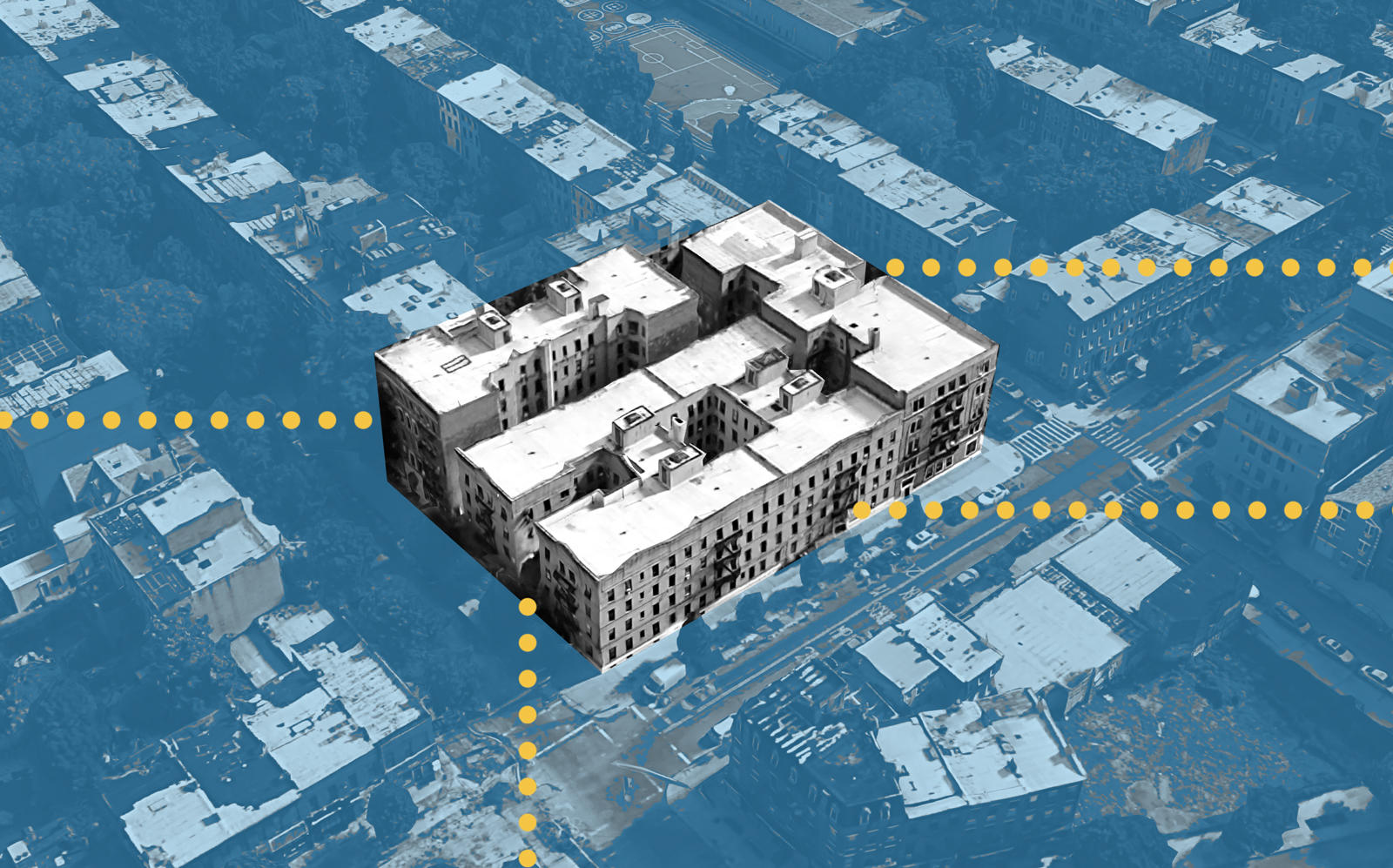Four bankrupt rent-stabilized apartment buildings in Clinton Hill could have a path to deregulation, thanks to an obscure exemption intended to repair run-down properties.
Rosenberg & Estis, the attorneys for the bankrupt properties, filed an adversary proceeding on Jan. 7, arguing that because the previous owner rehabilitated the buildings in 2002, 46 of their total 128 units should be deregulated.
A little-used “substantial rehabilitation” provision allows landlords to deregulate units — even, at least theoretically, under the new rent law — if a building is found to be dilapidated, and 75 percent of the building-wide systems are completely replaced.
In October 2019, the buildings at 27-29 Putnam Avenue, 423-427 Grand Avenue, 429-435 Grand Avenue and 88-100 Downing Street, known as the Grand Putnam Portfolio, filed for Chapter 11 bankruptcy in New York’s bankruptcy court in the Southern District.
According to DelShah Capital vice president Justin Amirian, who submitted a March 2020 affidavit in the case, the cashflow from the properties couldn’t cover the monthly expenses. DelShah, a private equity firm led by Michael Shah, acquired the $29.3 million debt for the buildings in 2018.
Amirian said the 2019 rent law is partly to blame, and made raising rents nearly impossible. But some residents also refused to pay rent. The owner, meanwhile, still had to pay credits to tenants from a 2019 settlement with the New York Attorney General for inflating rents, serving improper evictions and pressuring tenants to take buyouts.
Attorneys for the plaintiffs declined to comment.
Read more


The market for rent-regulated apartments was already bad, and the coronavirus had made lenders even more hesitant, according to Amirian. Finding new financing while Chapter 11 proceedings continued would be nearly impossible and would surely come with terms “so onerous” they would amount to a “loan to own” arrangement, he said. The next week, Judge Robert Grossman granted debtor-in-possession financing.
Now, the attorneys are hoping that the rehabilitation provision will help right the properties’ finances for good.
At the bankrupt Clinton Hill buildings, the alleged rehabilitation was completed in 2002, aided by a state tax benefit as well as federal low-interest loans for deteriorated multifamily buildings, overseen by Housing Preservation and Development, to renovate 46 of the units in exchange for setting them aside for lower-income tenants.
When that program expired, those units should have left rent-regulation, attorneys for the buildings argued, and they should be able to raise the rents when the current tenants leave.
What the provision entails — replacing a building’s plumbing, heating, gas supply, electrical wiring, intercoms, windows, roof, elevators and painting or exterior façade — often amounts to a significant expense. That’s usually a strong deterrent for landlords, said attorney Michelle Maratto Itkowitz, whose firm Itkowitz PLLC specializes in residential landlord and tenant litigation. In recent years, hundreds of hopeful landlords have called her to ask if their buildings could be freed from rent regulation, and she has turned nearly all of them away.
Meeting the exemption’s standard is very high, Itkowitz said. Buildings must typically be empty before the rehabilitation, and the project must be meticulously documented. But it’s possible that because the new rent law greatly reduced the financial incentive to improve buildings, landlords will hunt for novel ways to deregulate apartments, especially if their financing was based on future revenue increases.
The success of that aim, in the Brooklyn properties’ case, now depends on attorneys for New York City and New York State, who have until Feb. 11 to file motions to abstain or intervene in the case.
